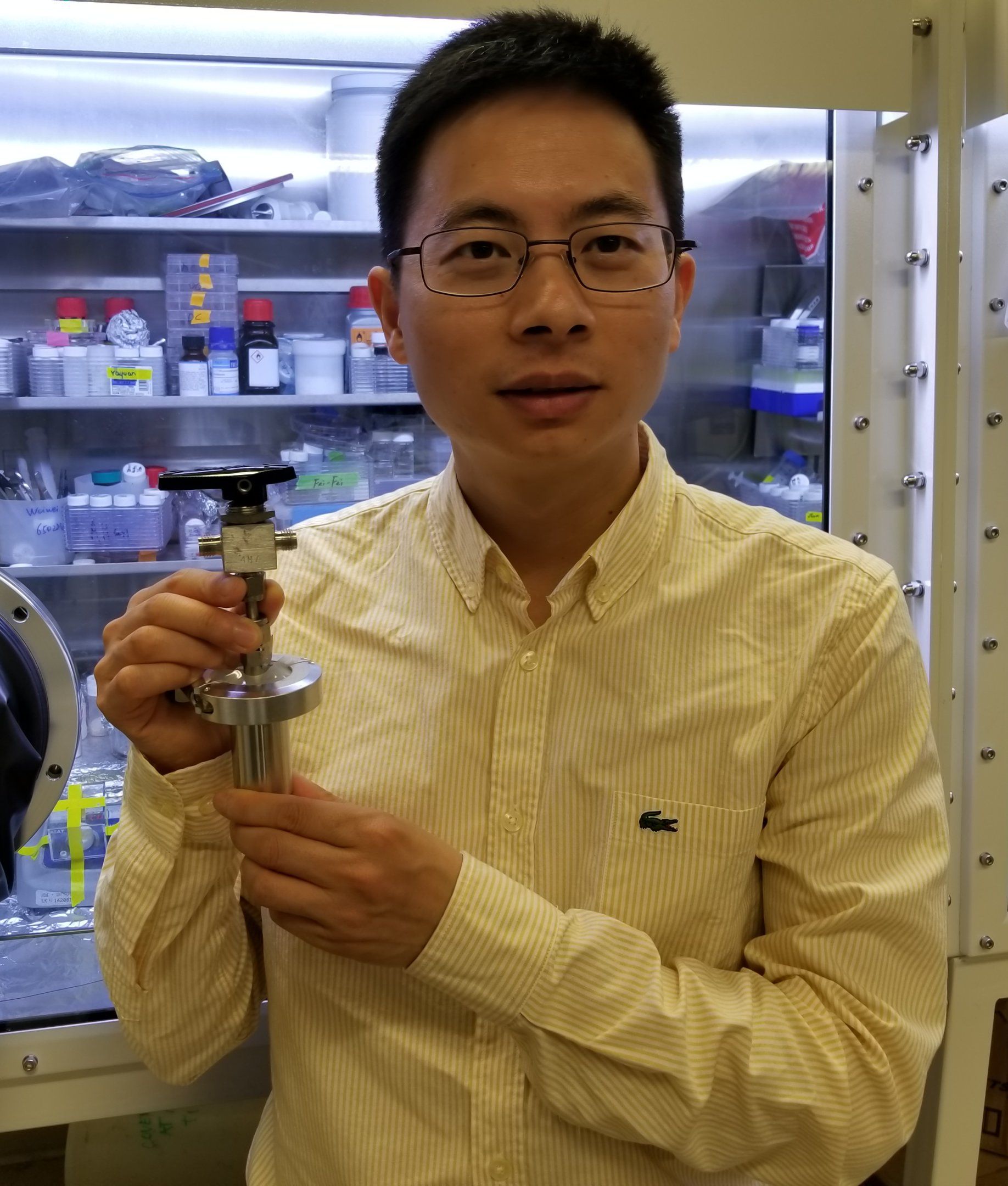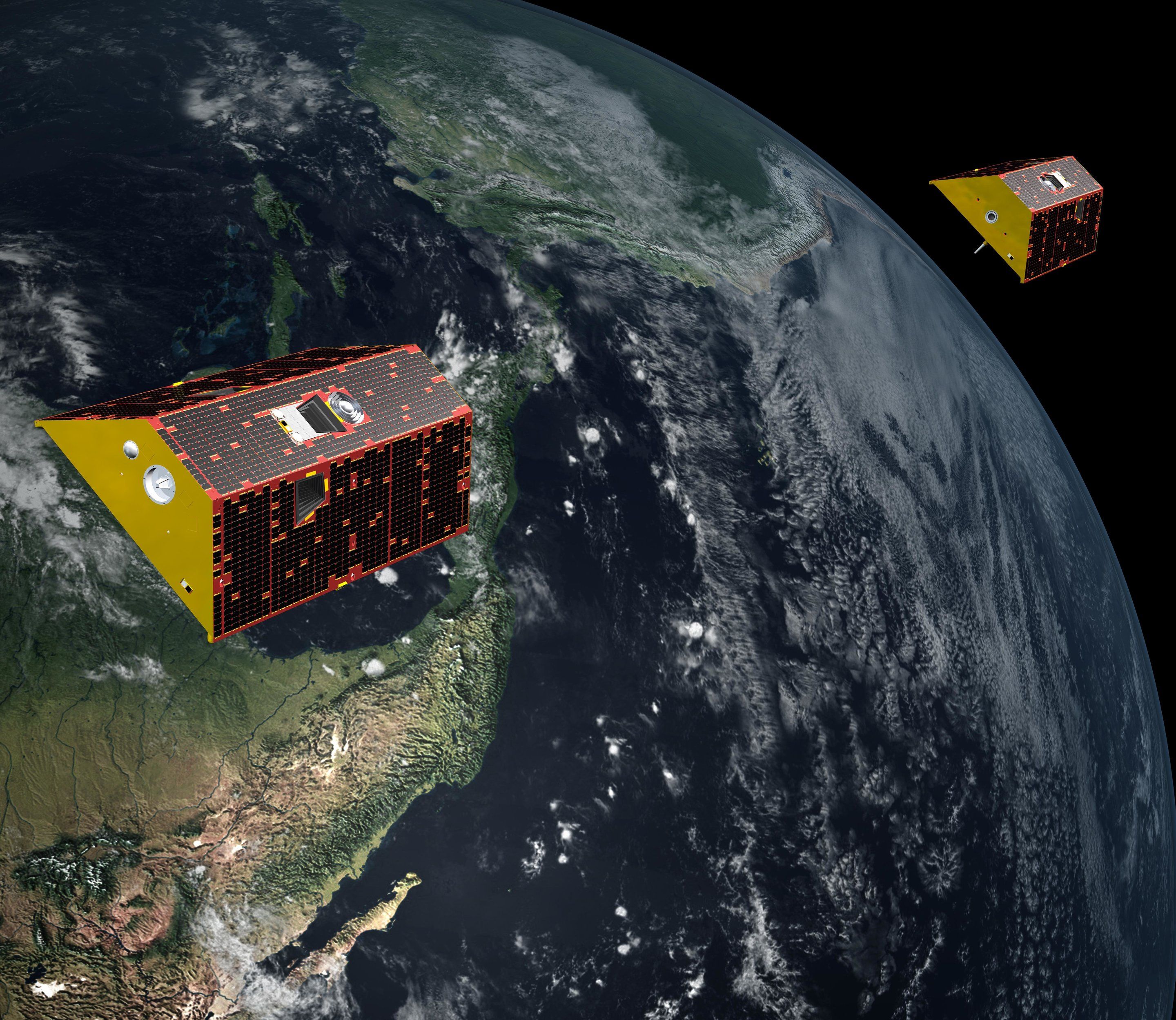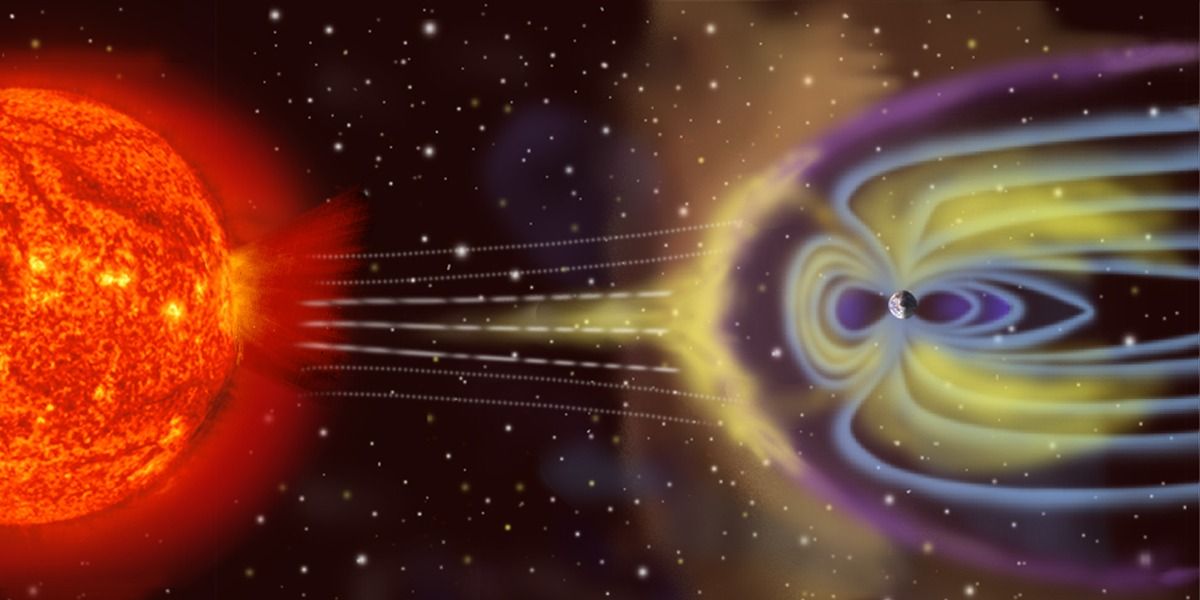May 1, 2018
Researchers develop water-based battery to store solar and wind energy
Posted by Bill Kemp in categories: solar power, sustainability
Stanford researchers have developed a water-based battery that could provide a cheap way to store wind or solar energy generated when the sun is shining and wind is blowing so it can be fed back into the electric grid and be redistributed when demand is high.
The prototype manganese-hydrogen battery, reported today in Nature Energy, stands just three inches tall and generates a mere 20 milliwatt hours of electricity, which is on par with the energy levels of LED flashlights one might hang a key ring.
Despite the prototype’s diminutive output, the researchers are confident they can take this table-top technology up to an industrial-grade system that could charge and recharge up to 10,000 times, creating a grid-scale battery with a useful lifespan well in excess of a decade.
Continue reading “Researchers develop water-based battery to store solar and wind energy” »

















